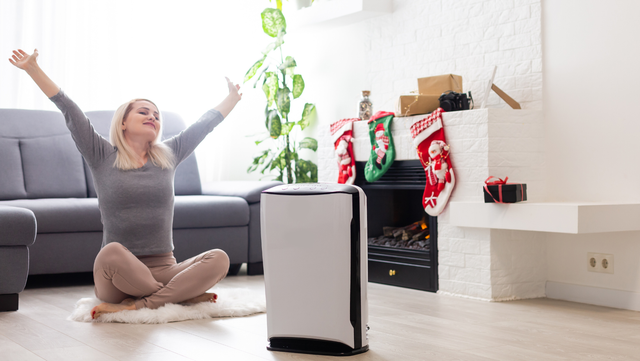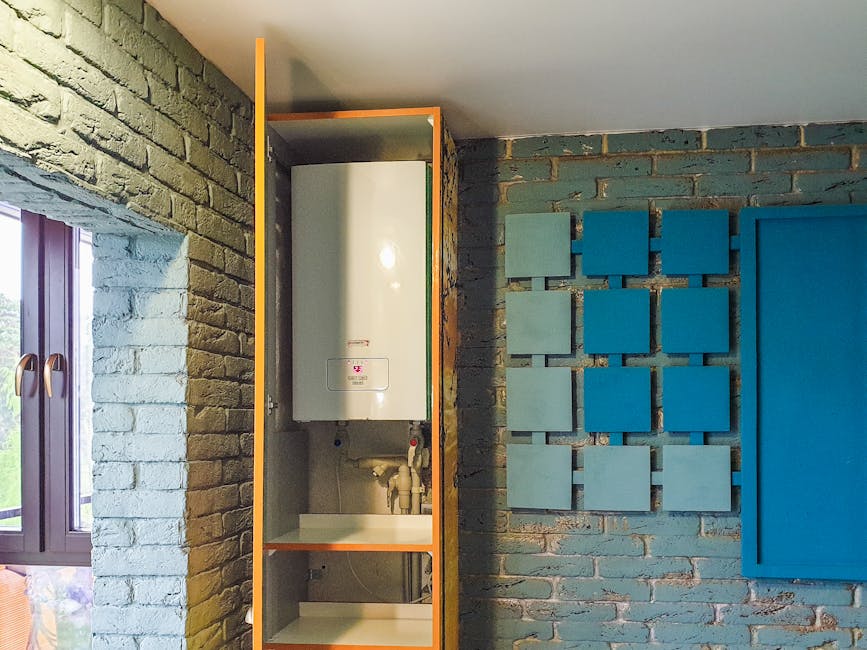Menu
During winter, we tend to spend more time indoors, seeking warmth and comfort. However, with windows and doors tightly shut to keep the cold out, indoor air quality can suffer. Poor indoor air quality can lead to various health issues, including allergies, respiratory problems, and fatigue. In this blog post, we'll explore five effective ways to enhance the air you breathe within the cozy confines of your home this winter.

5 Strategies for Enhanced Indoor Air Quality
1. Invest in Air Purifiers
One of the most efficient ways to improve indoor air quality is by investing in a good-quality air purifier. These devices work by filtering out pollutants, allergens, and particles from the air, ensuring that the air you breathe is clean and healthy. Look for air purifiers with HEPA filters, which can capture tiny particles, including dust, pollen, and pet dander. Additionally, some purifiers come with activated carbon filters that can eliminate odors and chemicals from the air, making your indoor environment more pleasant.
2. Proper Ventilation
During the winter months, it's tempting to keep windows and doors tightly closed to keep the cold air out. However, proper ventilation is crucial for maintaining good indoor air quality. Regularly exchange indoor air with fresh outdoor air by opening windows for a few minutes each day. This helps remove indoor pollutants and brings in fresh oxygen, preventing the buildup of harmful substances. Consider using exhaust fans in kitchens and bathrooms to further enhance ventilation and reduce indoor air pollutants.
3. Maintain Humidity Levels
Winter often brings dry air, which can lead to respiratory discomfort and irritation. Maintaining the right humidity levels in your home can make a significant difference in indoor air quality. Use a humidifier to add moisture to the air, especially if you notice dry skin, irritated eyes, or respiratory issues. Aim for a humidity level between 30% and 50%. Be cautious not to exceed 50% humidity, as this can create an environment conducive to mold growth. Regularly clean and maintain your humidifier to prevent the growth of bacteria and mold within the device.
4. Regular Cleaning and Dusting
Winter can exacerbate indoor air quality issues as we spend more time indoors and dust and allergens accumulate. Regular cleaning and dusting are essential to remove these particles and maintain a healthier living environment. Pay special attention to areas prone to dust buildup, such as carpets, rugs, curtains, and upholstered furniture. Use a vacuum cleaner with a HEPA filter to effectively capture and remove dust and allergens. Additionally, wash bedding, curtains, and other fabric items regularly to prevent the buildup of dust mites and other allergens.
5. Introduce Indoor Plants
Plants not only add a touch of greenery to your indoor space but can also contribute to better air quality. Certain houseplants are known for their air-purifying properties, helping to filter out pollutants and improve the overall quality of the air. Consider incorporating plants such as spider plants, snake plants, and peace lilies into your home. These plants can absorb indoor pollutants and release oxygen, creating a healthier and more pleasant living environment.
Taking proactive steps to enhance indoor air quality becomes crucial for the well-being of you and your family. By investing in air purifiers, ensuring proper ventilation, maintaining humidity levels, regular cleaning, and introducing indoor plants, you can create a healthier and more comfortable indoor environment. Prioritize these practices to breathe easier and enjoy a cozy winter season without compromising on air quality.




.png)

